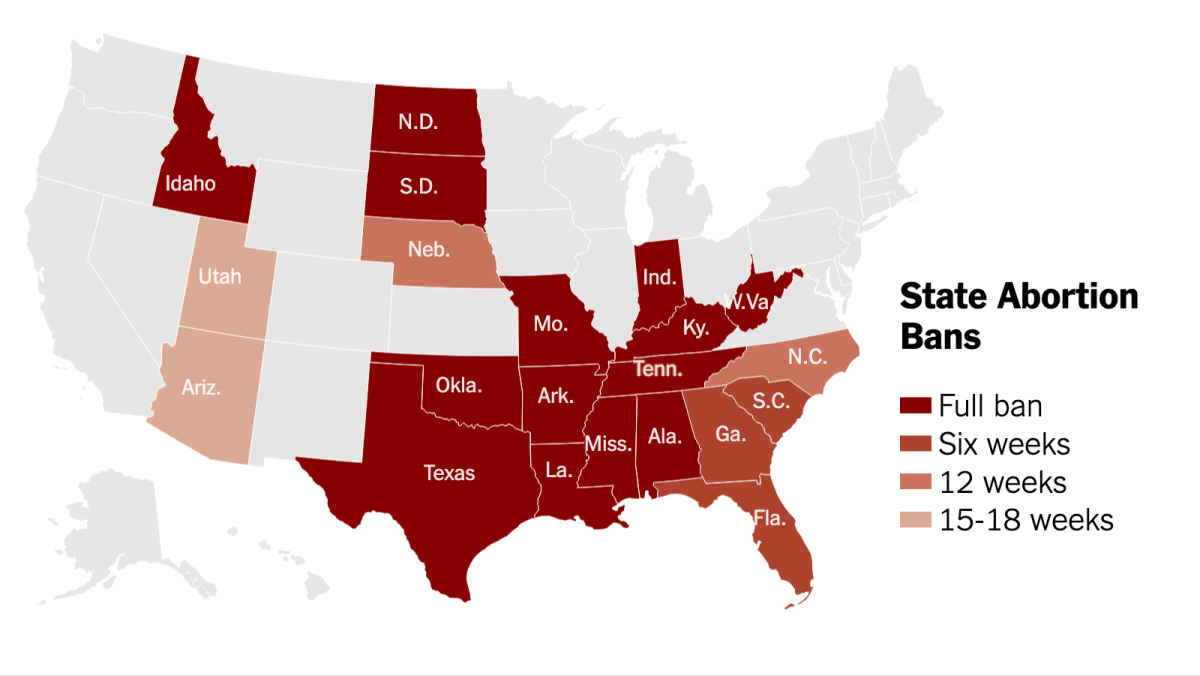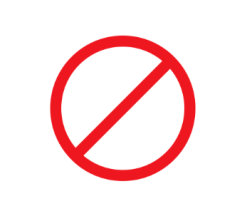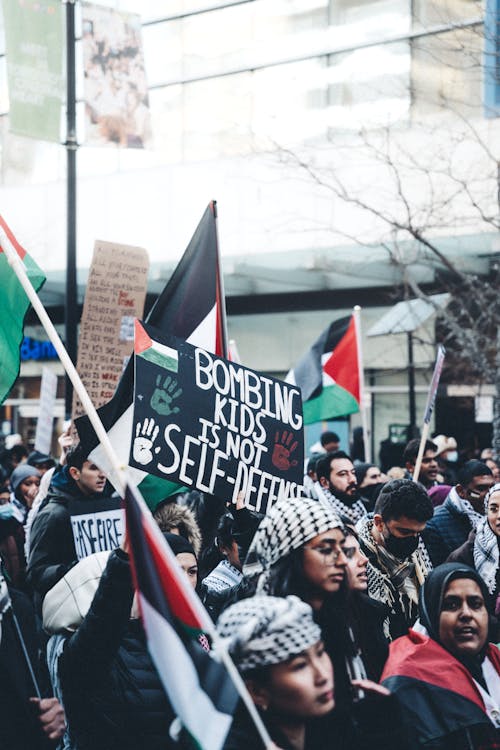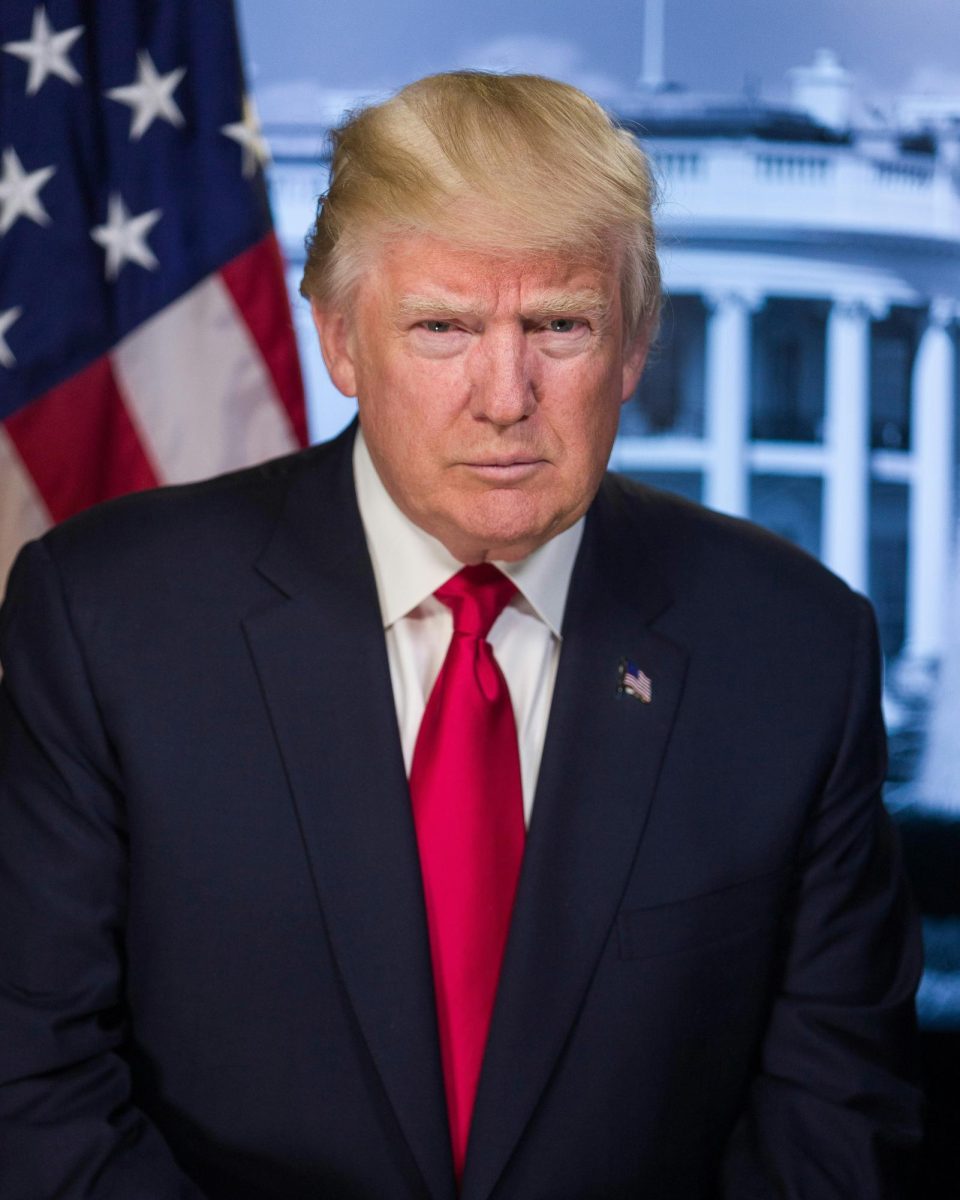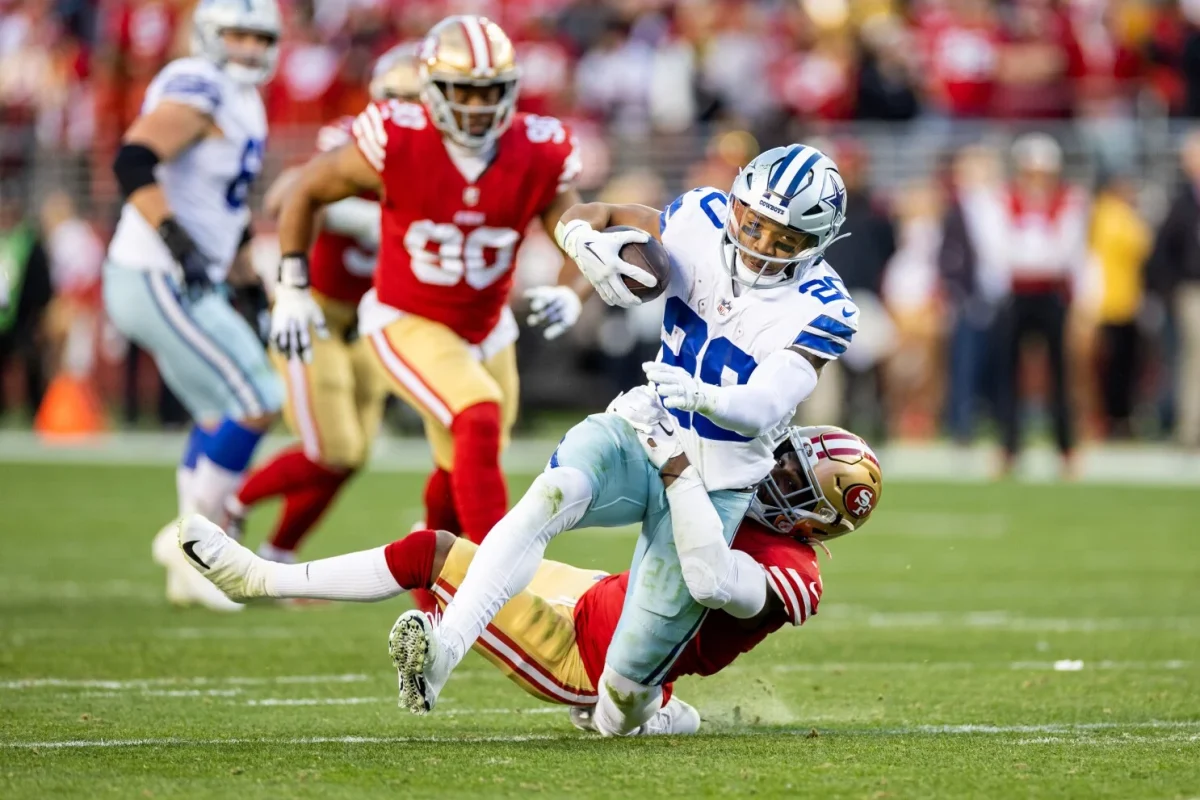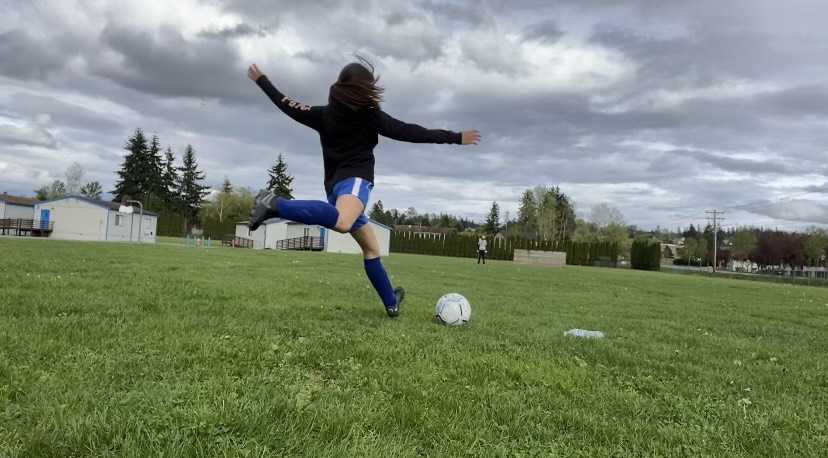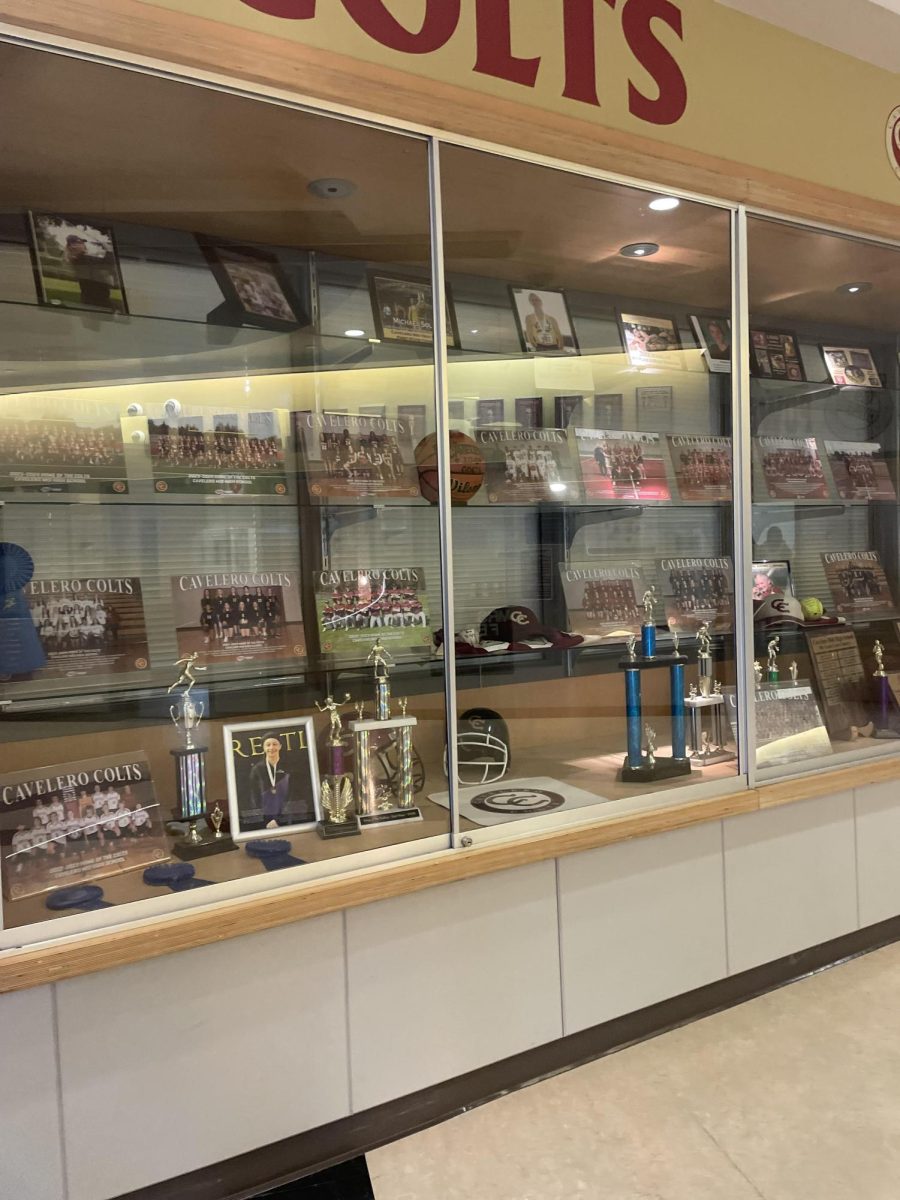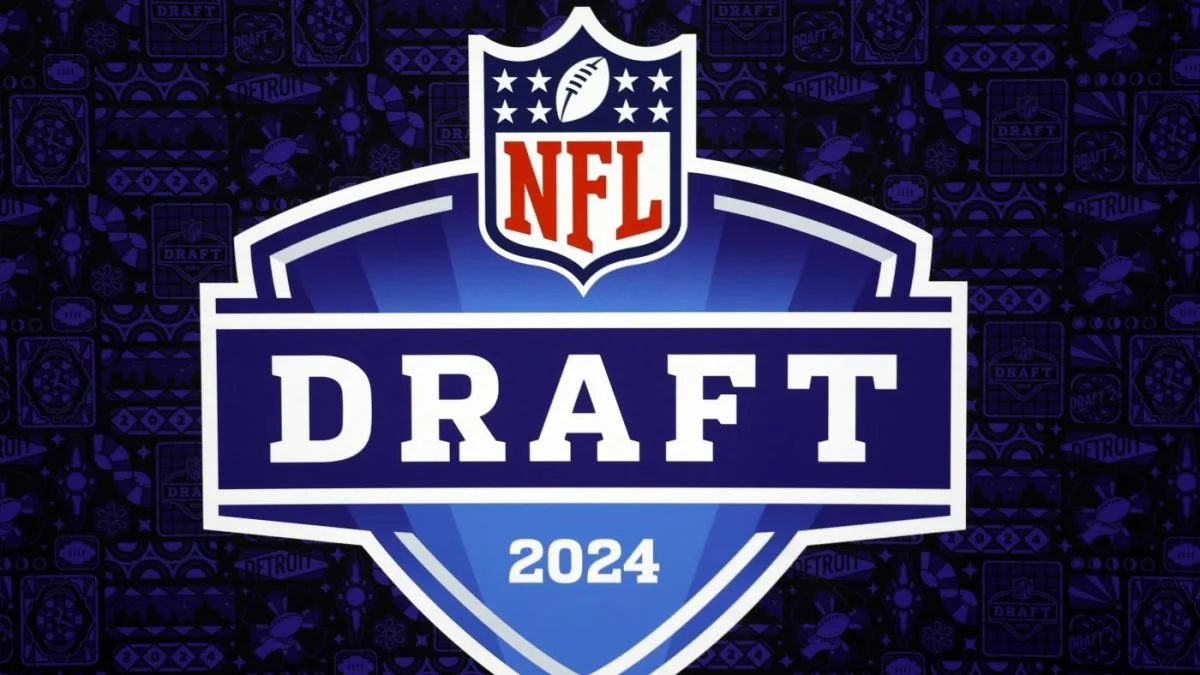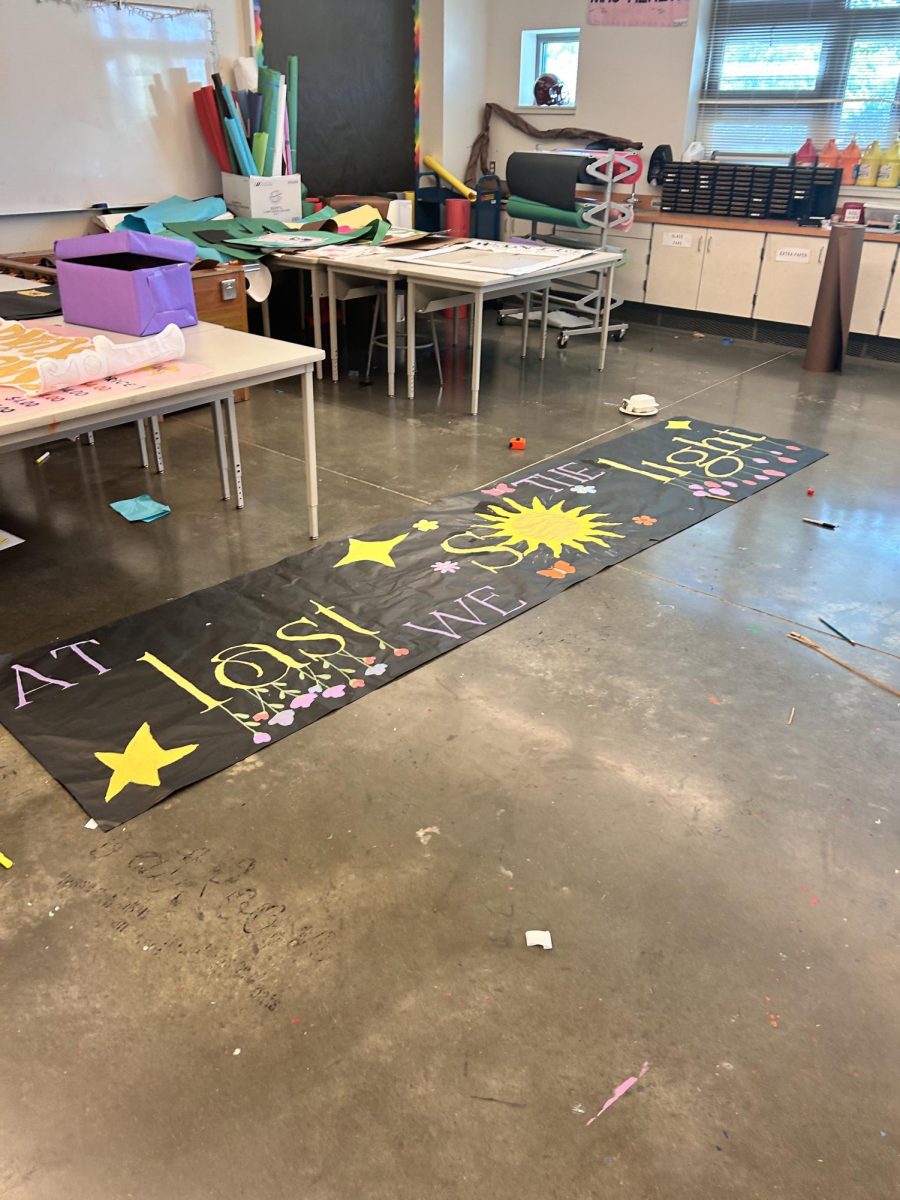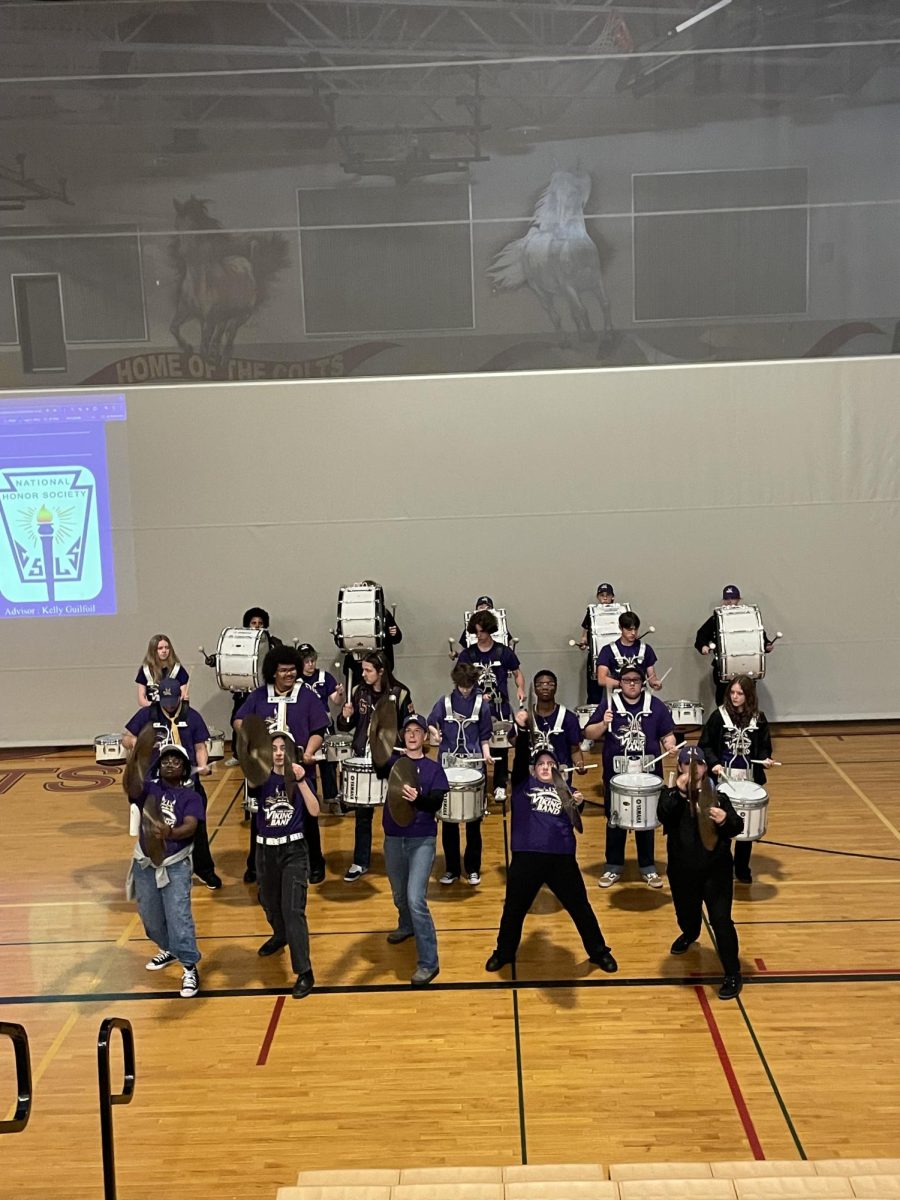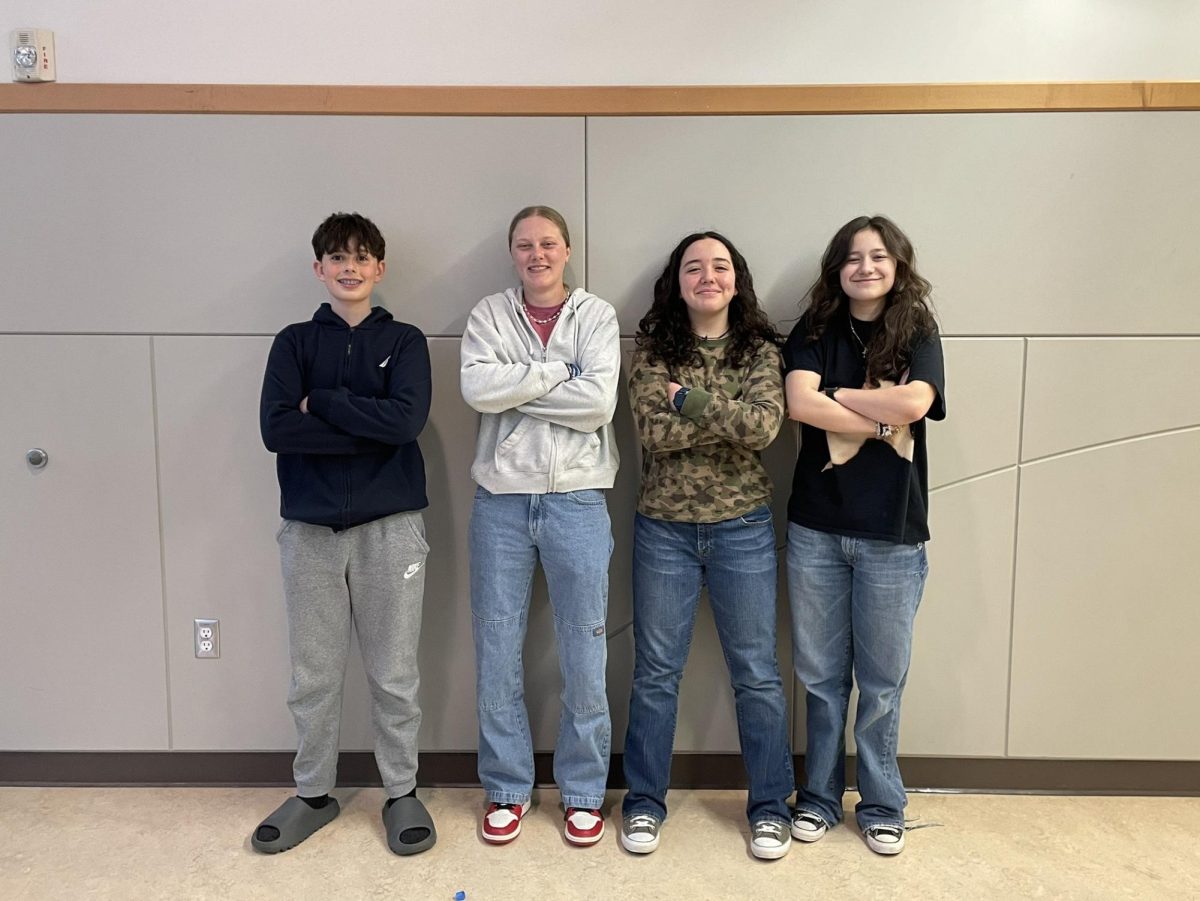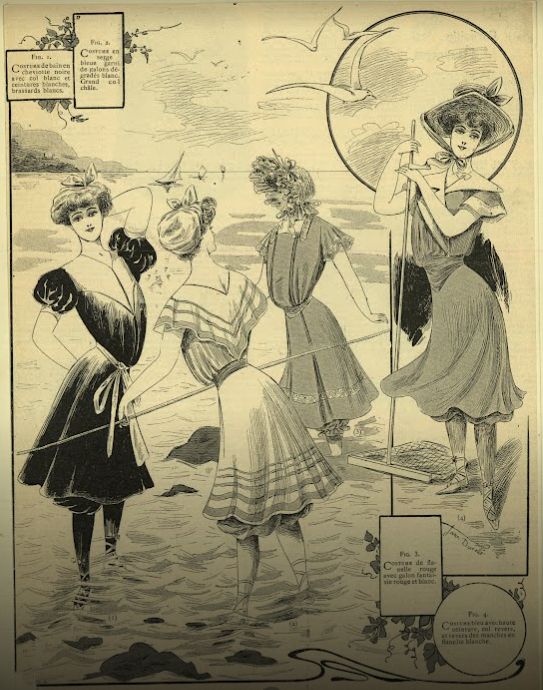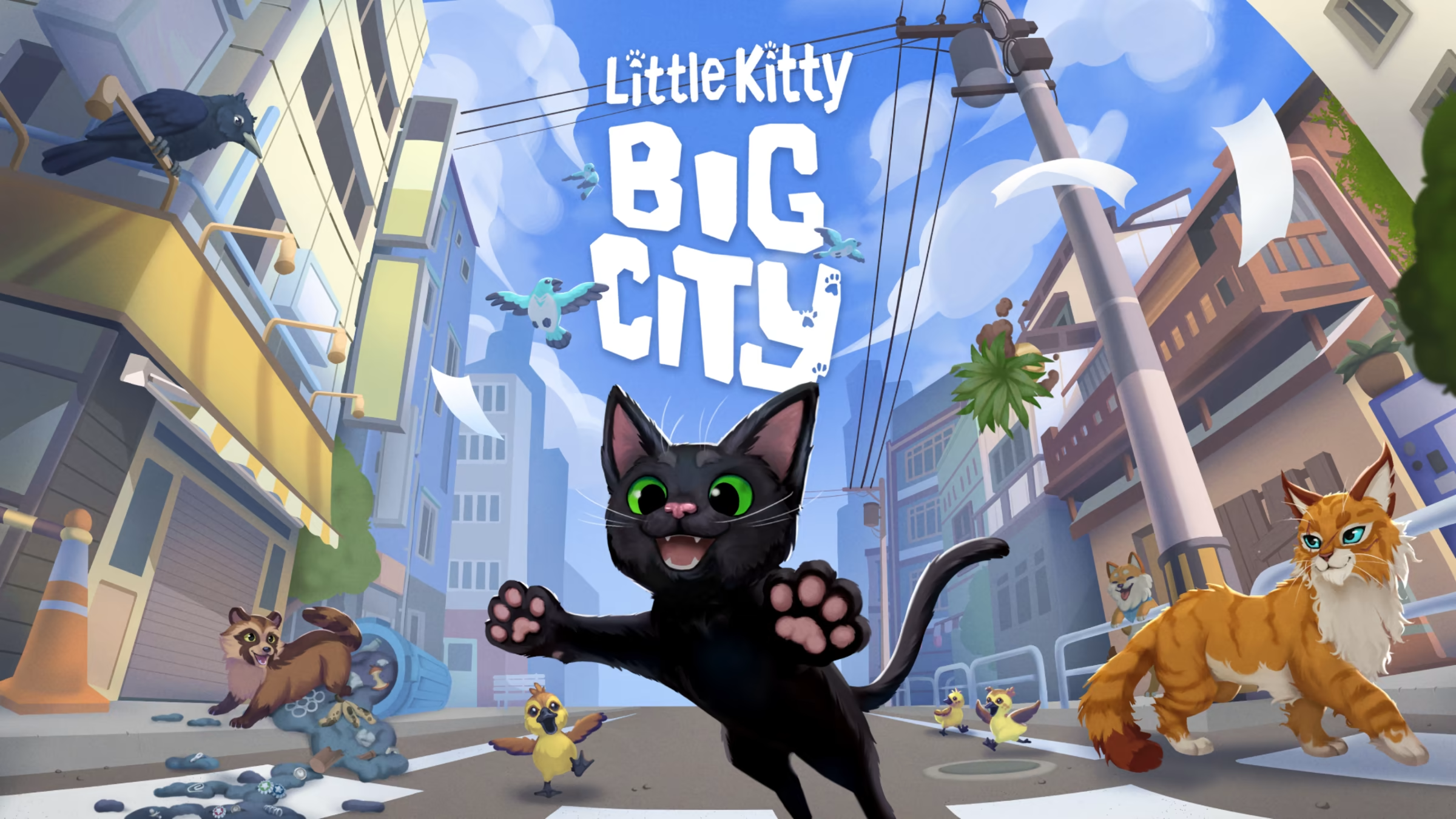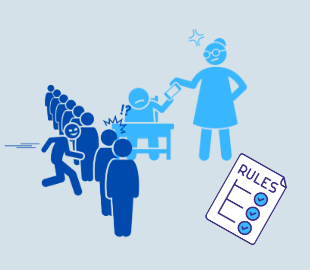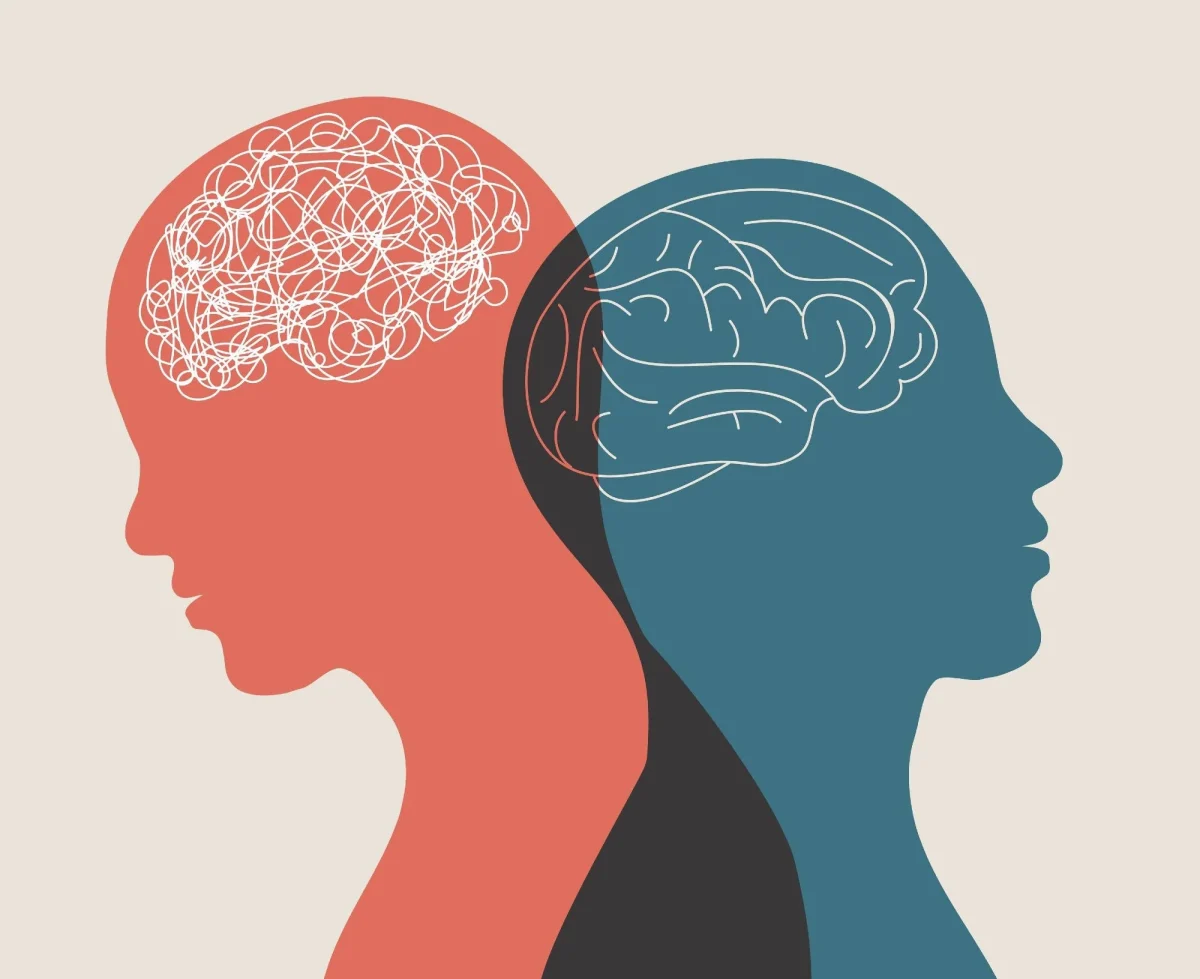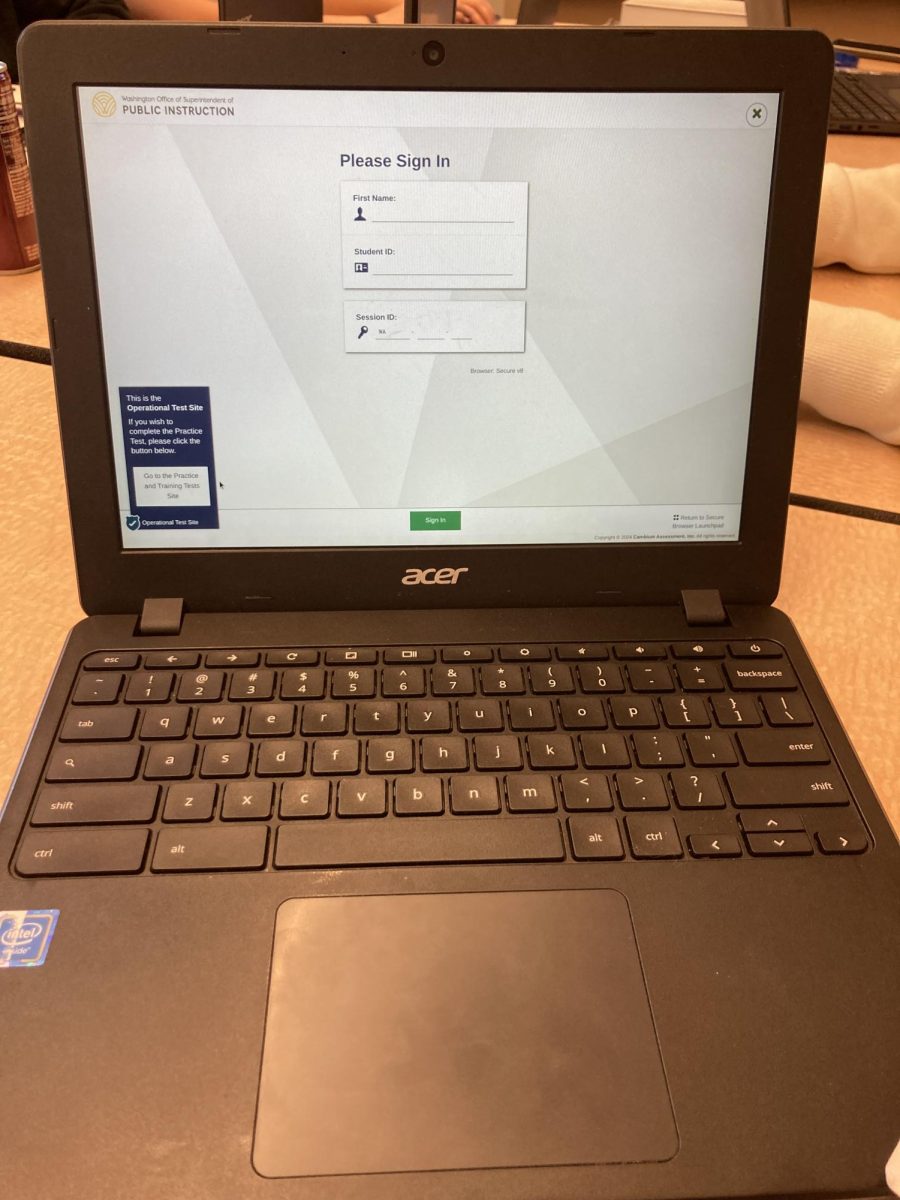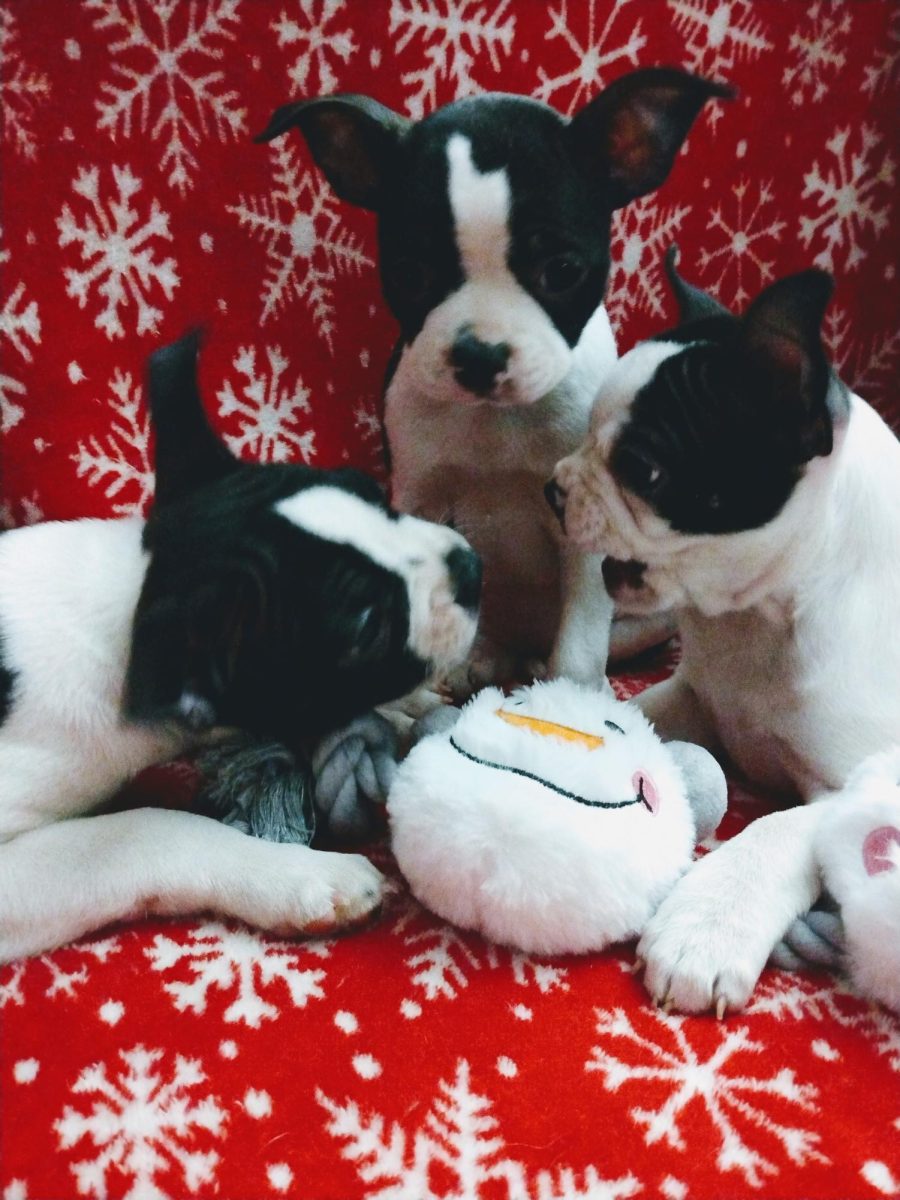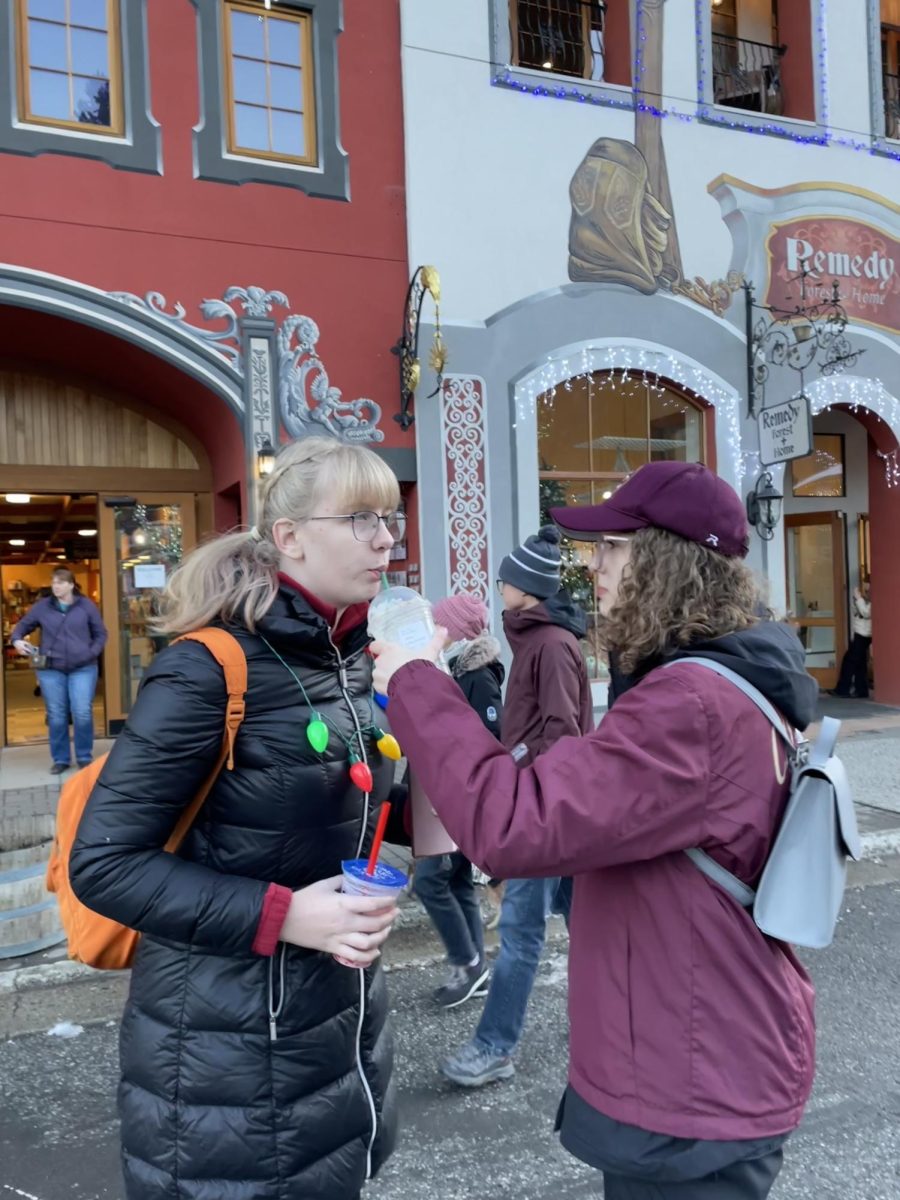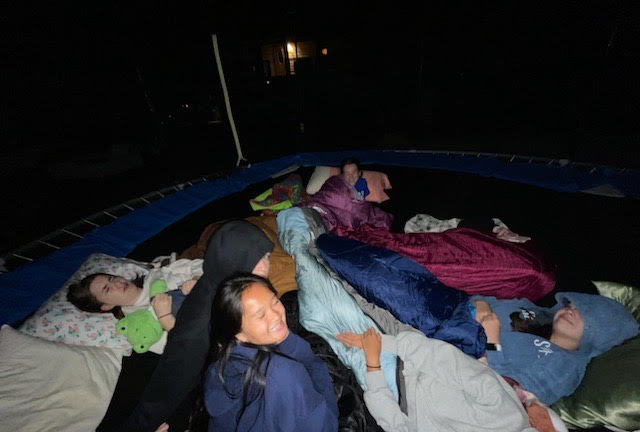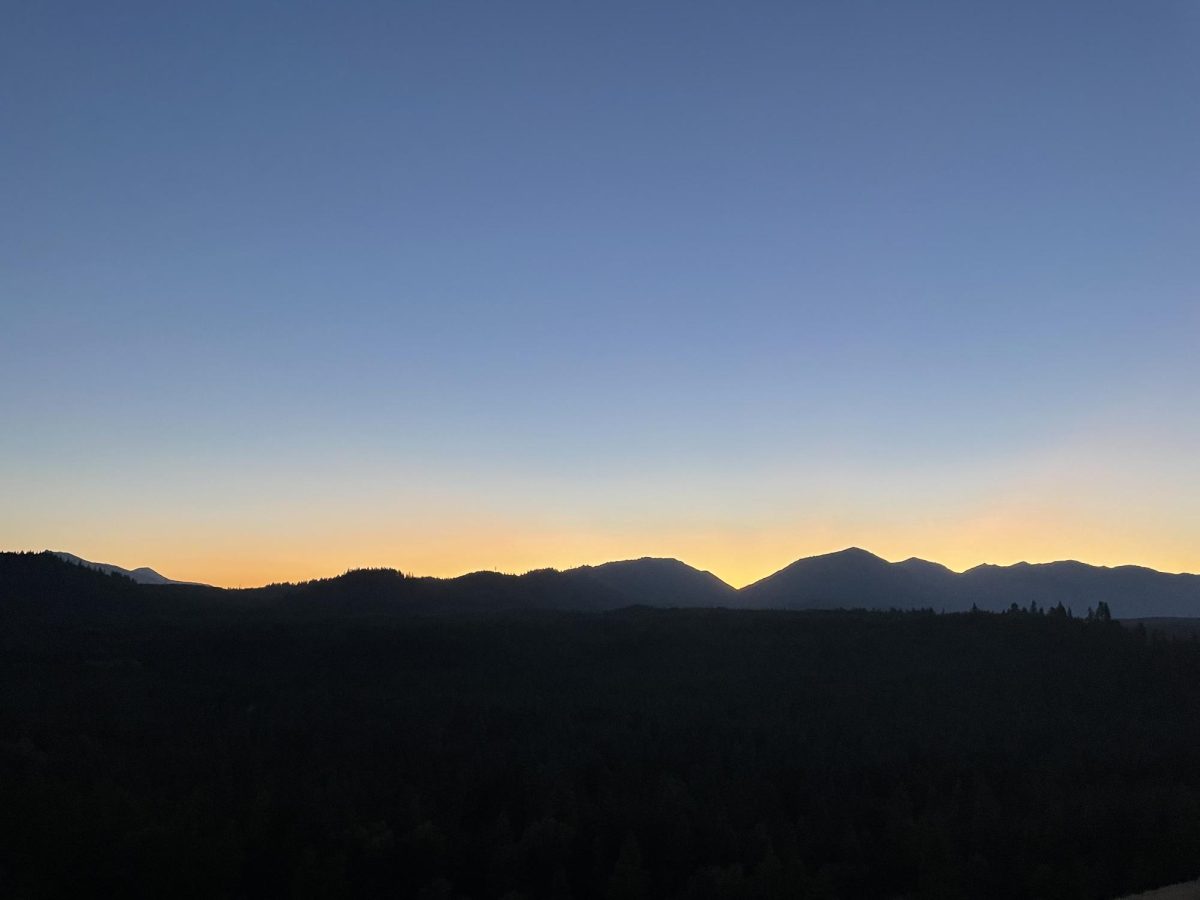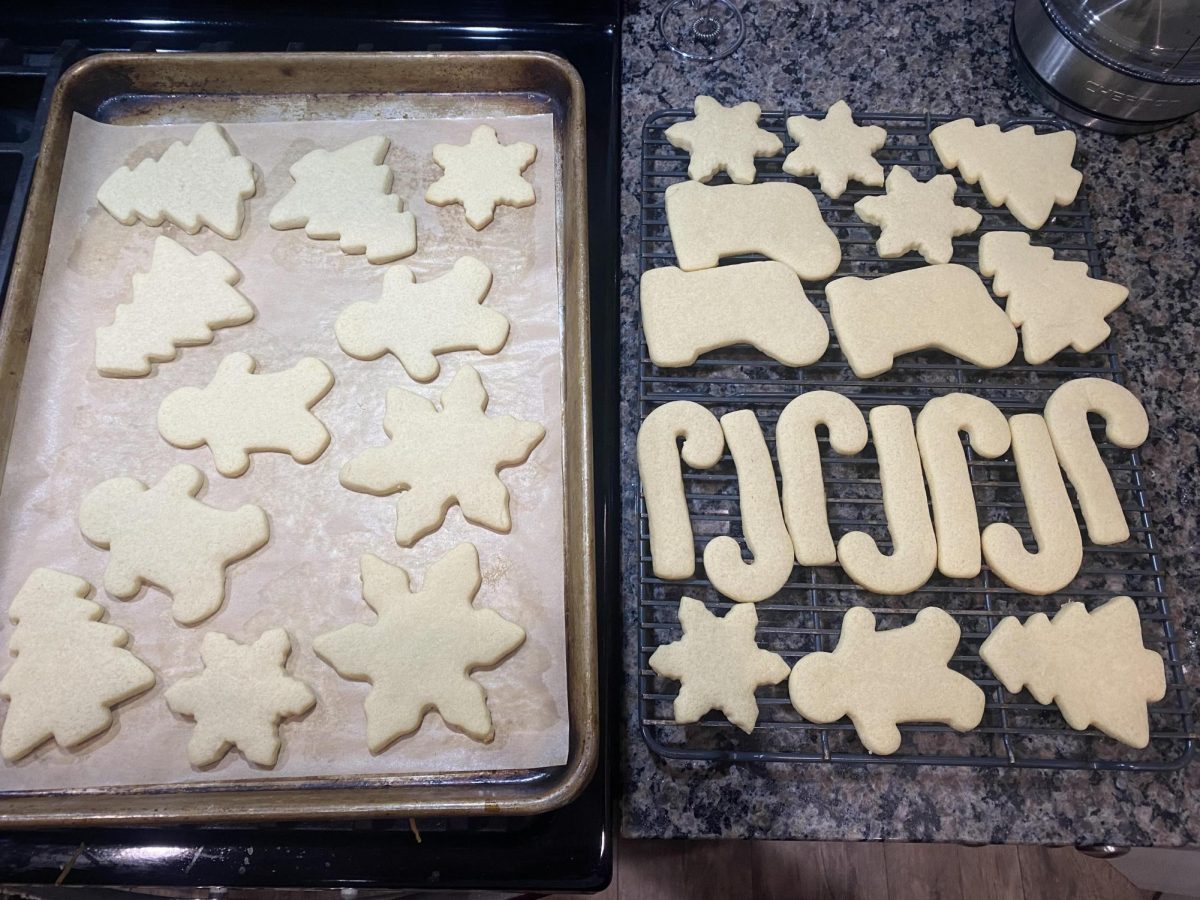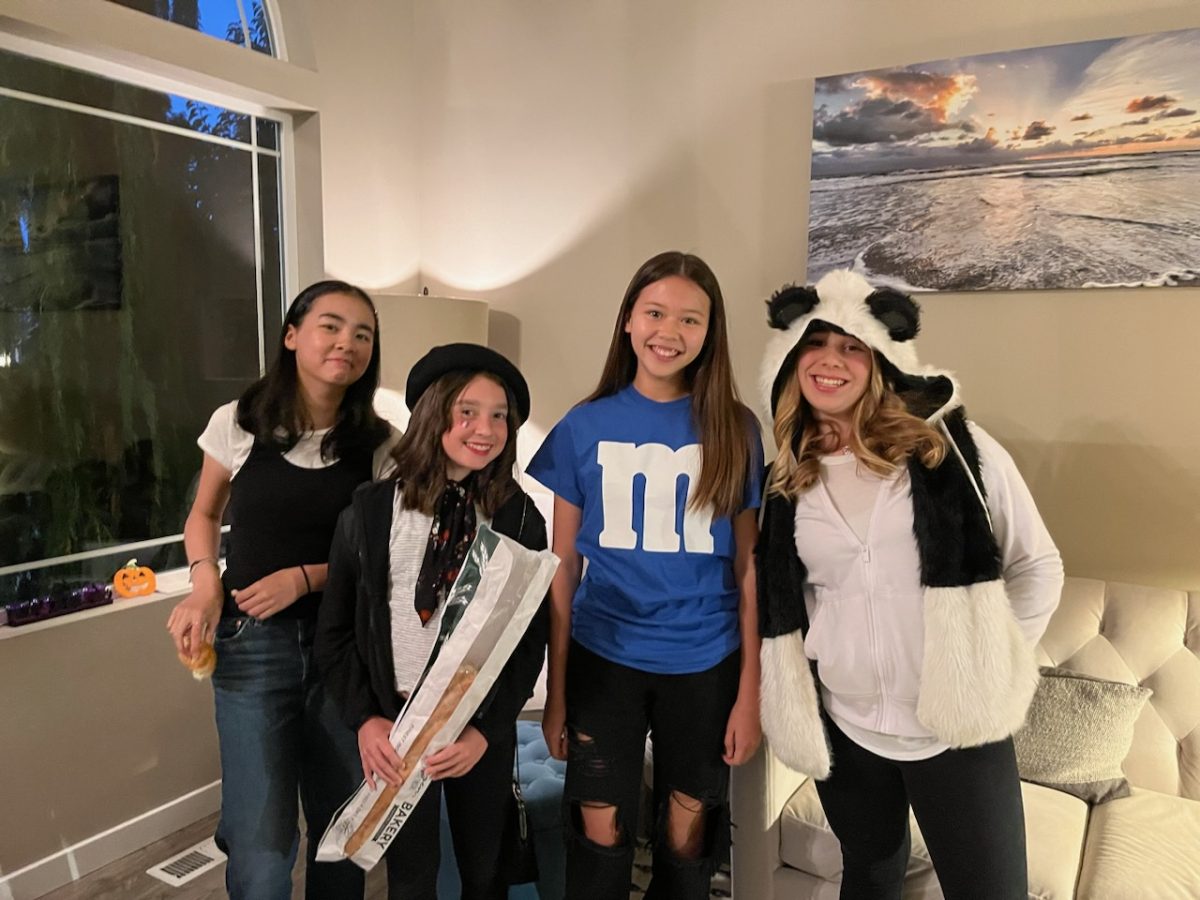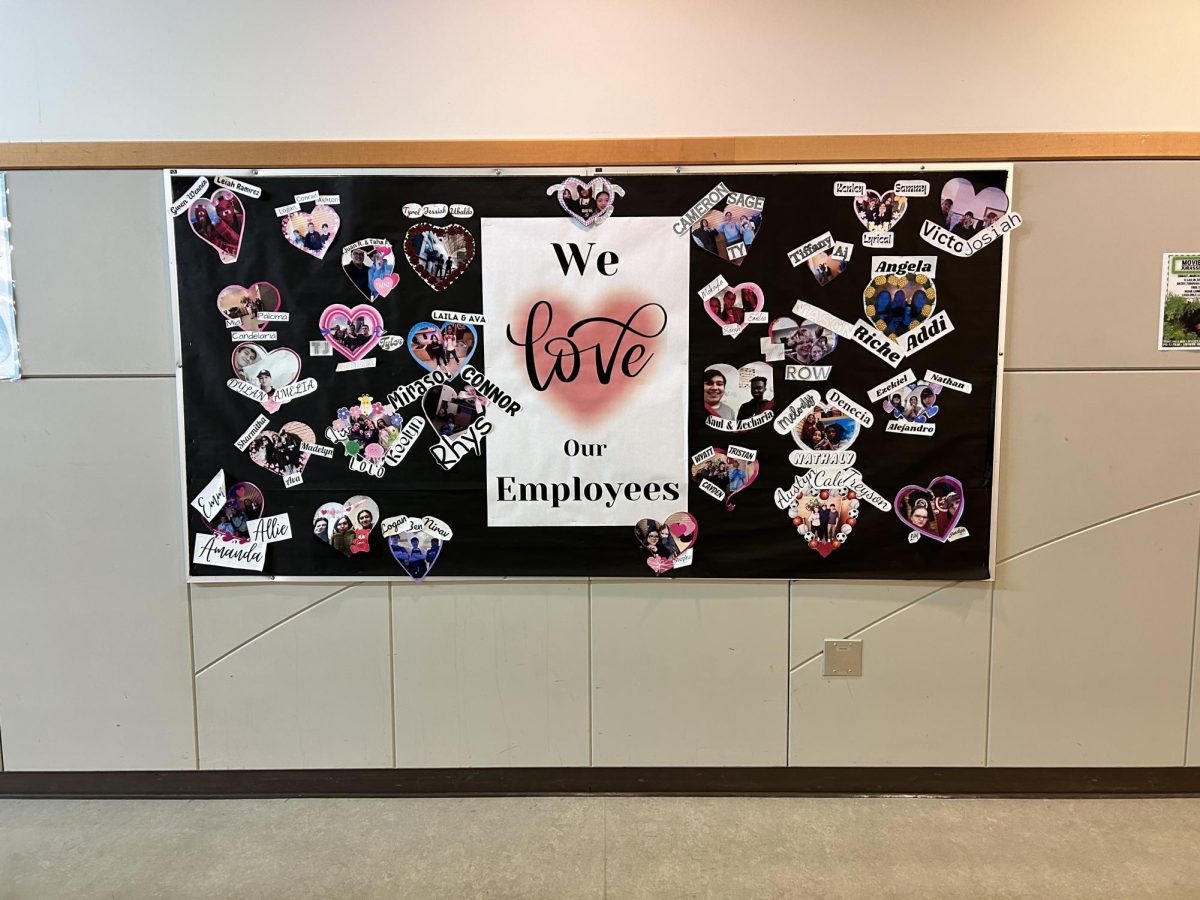One year ago, Cavelero students were allowed to wear Halloween costumes to school. On a specially decided day, you
could walk the halls in your Halloween costume for the whole school to see. This year, however, Halloween costumes have been banned. And we’re not the only ones. Every school in the Lake Stevens School District has banned Halloween costumes from school. And while some people are extremely upset with this change, there are good reasons for why many people are grateful this change happened.
It starts with the fear that attaches to Halloween. Many people from various religious or cultural backgrounds don’t celebrate Halloween, some for the historically Pagan background and others for the idea of ghosts, witches, or devils being against their beliefs. The fact of the matter is, Halloween is scary for those people.
“The idea that people are cohorting around dressing as devils or witches can be really disturbing,” says Mrs. Kinnard, an English teacher at Cavelero Mid High. “Children aren’t coming to school on Halloween because it’s so upsetting.” By removing students, we are removing learners. And for parents to have to remove their children from school for the fear of being afraid, well, that’s not fair to the parents and that’s not fair to the kids.
Some students tend to make poor costume choices as well. Last year at the Halloween dance, there was constant whispering about certain peoples costumes and whether or not they should be allowed. Inappropriate costumes usually regard anything against dress code or something that could be viewed as offensive. However, determining whether or not your costume is offensive can be very difficult, as WA/US history teacher Mr. Dykgraaf said: “You may not have any intention of hurting someone else, but you end up doing it on accident.” So what some people might view as funny can be seen as harmful or offensive to somebody else. There are also just some costumes that make other people uncomfortable. Like costumes with blood or gore, that can often disturb other students and make learning difficult. Even Kinnard admits that she herself is not very fond of gorey costumes.
Taking away Halloween costumes does not mean we have to limit our other dressing up opportunities. Events like spirit weeks or character days allow students to still get creative and dress up in a fun way with a much less chance of hurting the learning environment. Plus, they encourage students to show school spirit or their support for certain events (such as pink-out day for breast cancer). Removing Halloween costumes isn’t removing the costumes part, it’s removing the Halloween part.
Changing this costume policy is so important because our Lake Stevens community is continuing to grow, meaning there is more cultural and religious diversity in our population. And with our growing diversity, we now have to adapt and grow our inclusivity. We have already started to adapt, as most schools have stopped making winter crafts and decor exclusive to Christmas. By doing this, we can begin to acknowledge the other holidays celebrated in the winter, and let students feel recognized.

When public schools celebrate specific holidays, they are creating an environment where various cultures and religions will go overlooked and in turn they may feel as though they are an “other” or that their culture might not be as important. And seeing as we have already changed our winter festivities, why should we stop there? It seems the next step must be Halloween. In order for our community to flourish and for us to increase our inclusivity, it’s important to acknowledge all celebrations and honor those who do not share the same ones as ourselves. Making our spaces more inclusive does not mean we are taking away experiences from our students. We are actually broadening our opportunities for more creative celebrations that include all learners. And so, by eliminating Halloween costumes in schools, we are beginning to take that step towards inclusivity.
